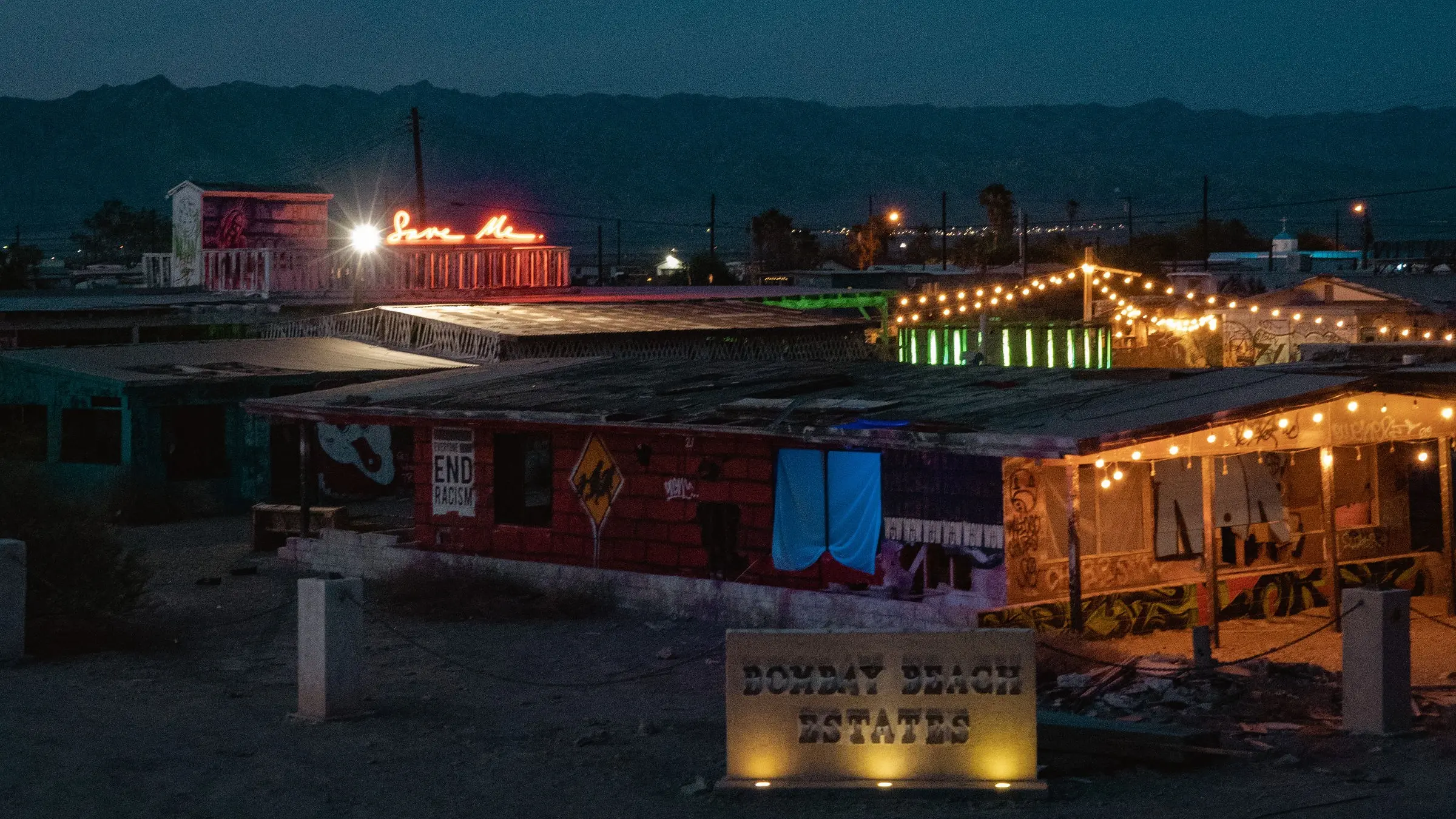
Written by Sara Debevec
Photographs by JL Cederblom
I met Tao Ruspoli in the Spring of 2017 in a small derelict town on the shores of Salton Sea, called Bombay Beach. Together with friends, art patrons and entrepreneurs Stefan Ashkenazy and Lily Johnson White, he co-founded Bombay Beach Biennale - an annual art gathering in response to the environmental disaster that fell upon the Salton Sea in the 1980s. Tracy Chung, one of the biennale organizers and art collectors, who I had met a couple years back at a gallery in New York, invited me to create an immersive talk show documenting the experience that indulged my fascination with Site-specific art and dereliction.
I was already aware of the artist interventions happening in that area but Bombay Beach was so much more than I could have imagined. “Many people don’t know that Salton Sea is the largest, body of water in California, created by accident in 1905 when they were damming the Colorado river to bring water into Southern California,” explained Tao. “It was the breach in the dam that caused it. For two years they couldn't control the flooding and the contents of the Colorado River spilled into this low, ancient riverbed, 250 feet below sea level,” he added. In the 1950s and 1960s the area became a popular tourist destination visited by the likes of Frank Sinatra, President Eisenhower and The Beach Boys, but in 1980s, due to farm run offs and the increasing salinity of the water, the sea got contaminated and most of the wildlife died, turning Bombay Beach into an abandoned resort town.
Open to conversation and bursting with enthusiasm for the movement he had started, Tao was coordinating everything from moving air streams - turned - art galleries to large otherworldly art installations and thought provoking sculptures. Our walk led us to the epicenter of Bombay Beach Biennale, The Bombay Beach Institute of Particle Physics, Metaphysics, & International Relations that’s part museum/gallery, part performance space and part sculpture park featuring elegant gardens with chickens and rabbits running around, like a scene out of a Wes Andersen film.

"…talking to him was like
engaging with a character
from a well written novel."
His mother, Austrian - American actress Debra Berger was there too, helping other artists bring their visions to life - with her sleeves up, holding a welding gun in her hand and making sure the work was done before the visitors started arriving for the biennale. This, however was not a public event. It was a secret gathering of art connoisseurs, writers, philosophers, opera singers, dancers, performers and intellectuals, eager to engage with this landscape and turn it into a site of critical contemplation. Did I mention that at the institute was a museum where you could hold a real human brain?
Unsure if I met a mad scientist, an architect or a philosopher, I immediately took a liking to Tao, not just because we had similar interests but because talking to him was like engaging with a character from a well written novel. It only got better when I later found out that Tao was the second son of an Italian Prince, Alessandro “Dado” Ruspoli - a very eccentric, rebellious and unconventional man who in part inspired Fellini’s film La Dolce Vita - The Sweet Life. “My father was friends with all of these amazing creative, people like Cocteau, Dali, Picasso and Orson Welles, who were questioning conventional art, morality and lifestyle,” added Tao, who studied Philosophy at Berkeley and went on to become a filmmaker and photographer.
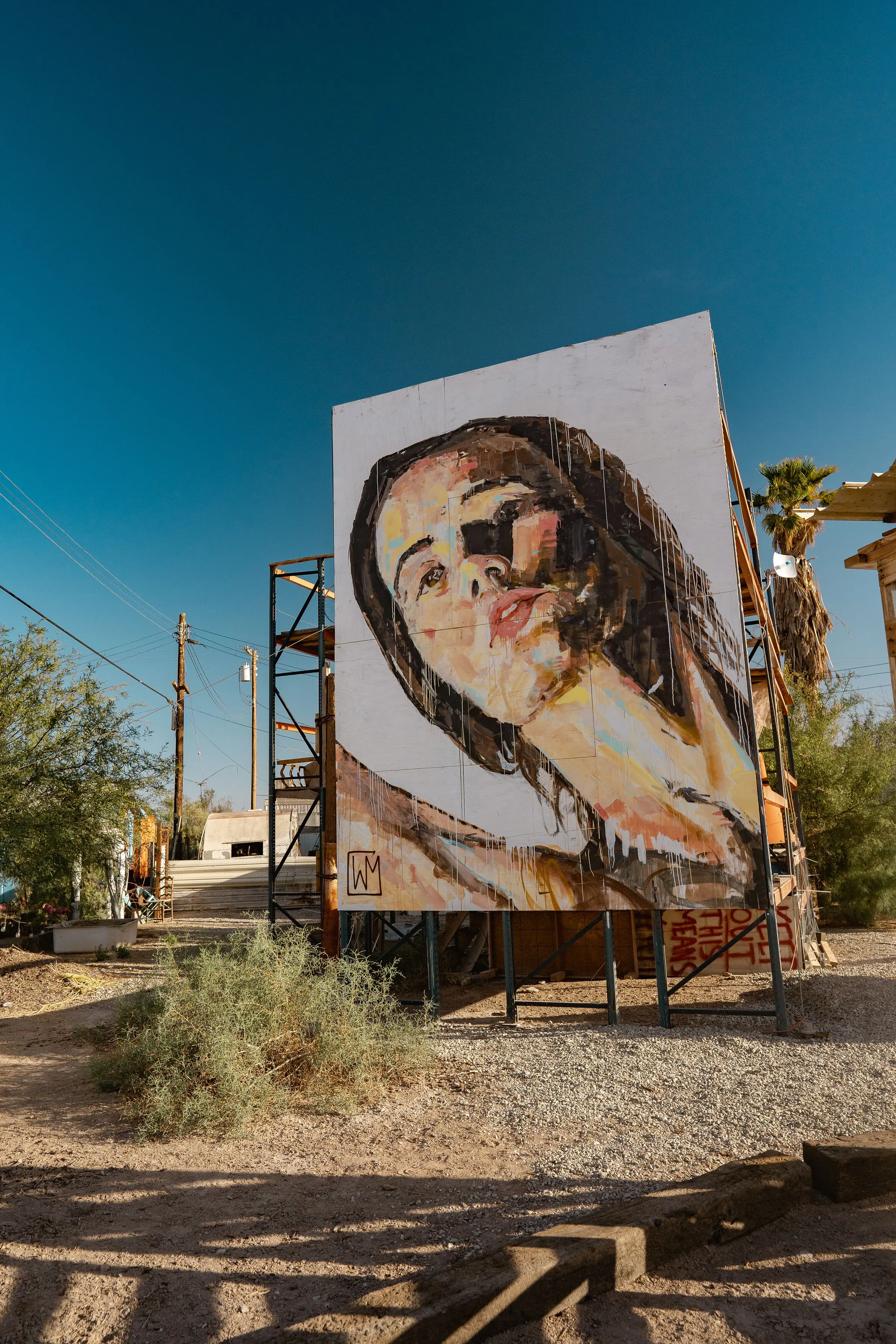
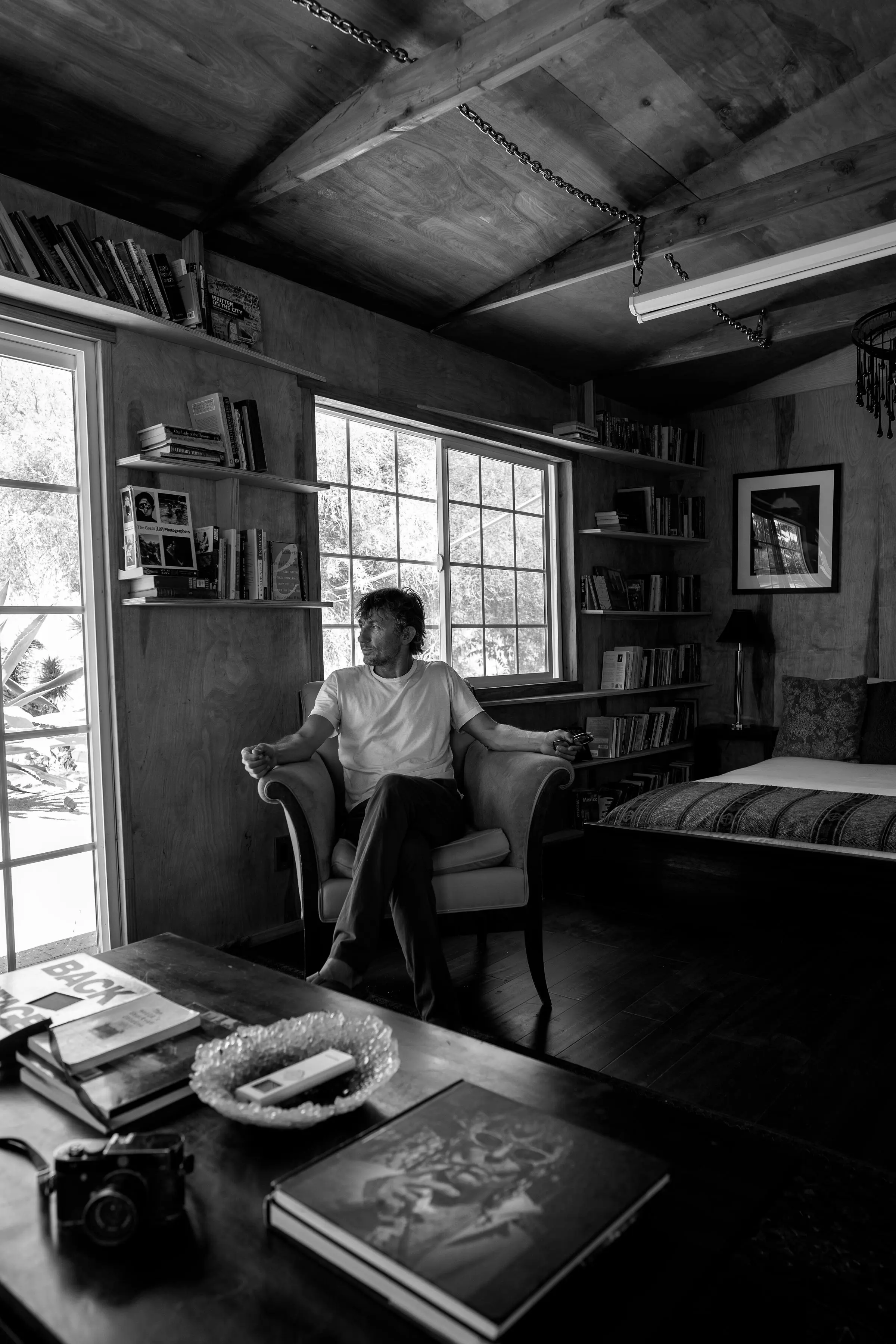
That evening I walked around Bombay Beach, admiring the works of Randy Polumbo, William Attaway, Stefanie Schneider, Alexandra Sand, Steve Shigley and Damian Elwes. I dove into incredible installations, like vortexes scattered around this remarkable town that became a Mecca for hungry intellectuals. Inside the graffitied ruins were philosophy talks by Ivy League professors and towering over the crushed fish carcasses, that make up the beaches of Salton Sea, was the Opera House - designed by James Ostrer - where world renowned dancers and opera singers shared a stage. Further along, on Avenue E was an eery and retro Drive-In movie theater, made from old, lined up discarded cars. Each place was touched by the hand of an artist, brought back to life and revitalized.
“Why do we like ruins? Why are ruins so compelling to us? My friend Mark Wrathall, who is Professor of Philosophy at the University of Oxford, said, that in everyday existence, we think of time as linear. And what ruins represent is a rupture in time. Because if time followed the trajectory that people imagined, then there wouldn't be ruins right? You see, a ruin is time taking a detour,” explained Tao with a glimmer in his eye. “Bombay Beach is a combination of so many things I'm interested in - the desert, Americana and, you know, a more critical kind of perspective on the American Dream, because it really kind of like represents the American Dream gone wrong…this kind of this detritus of America,” he added.
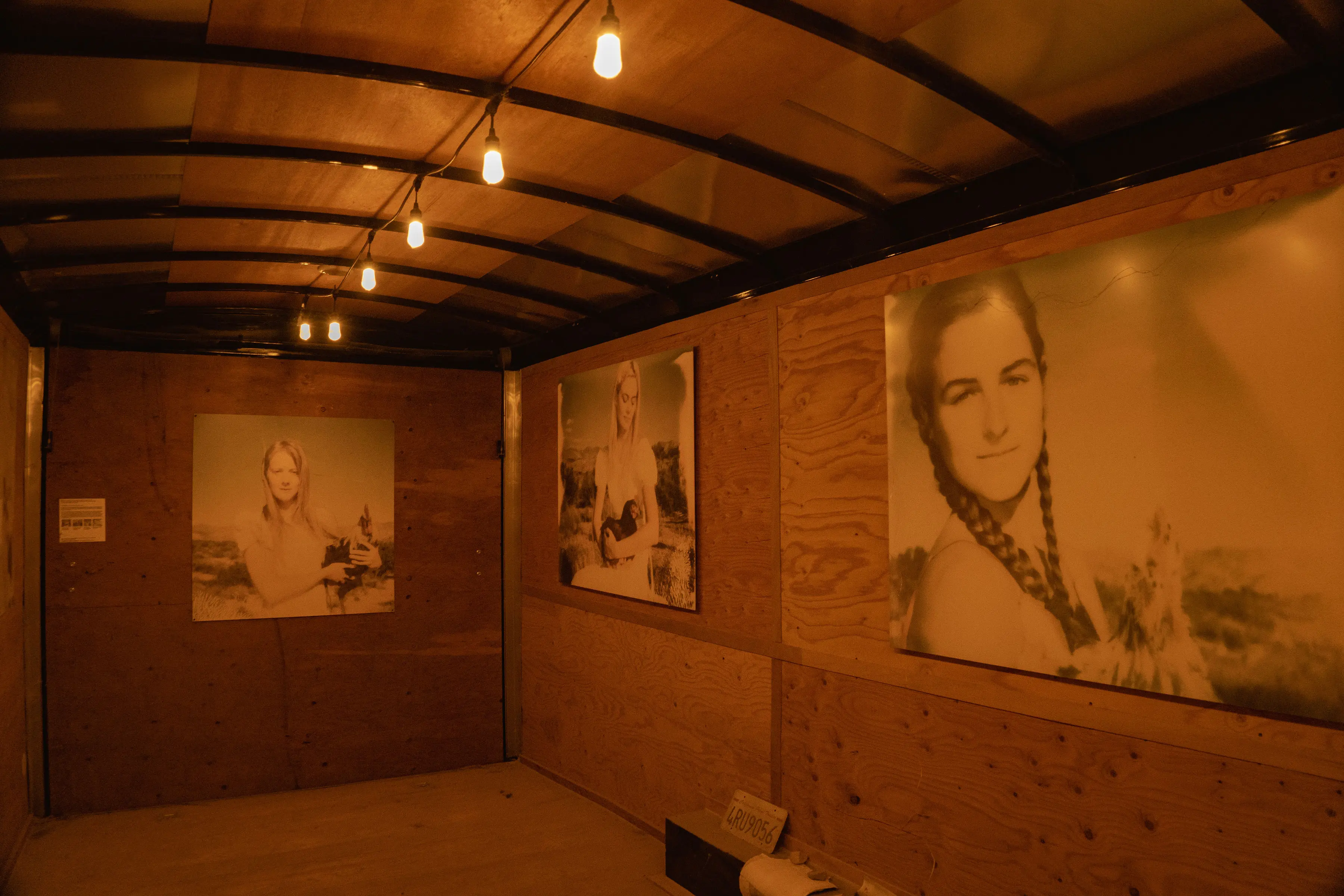
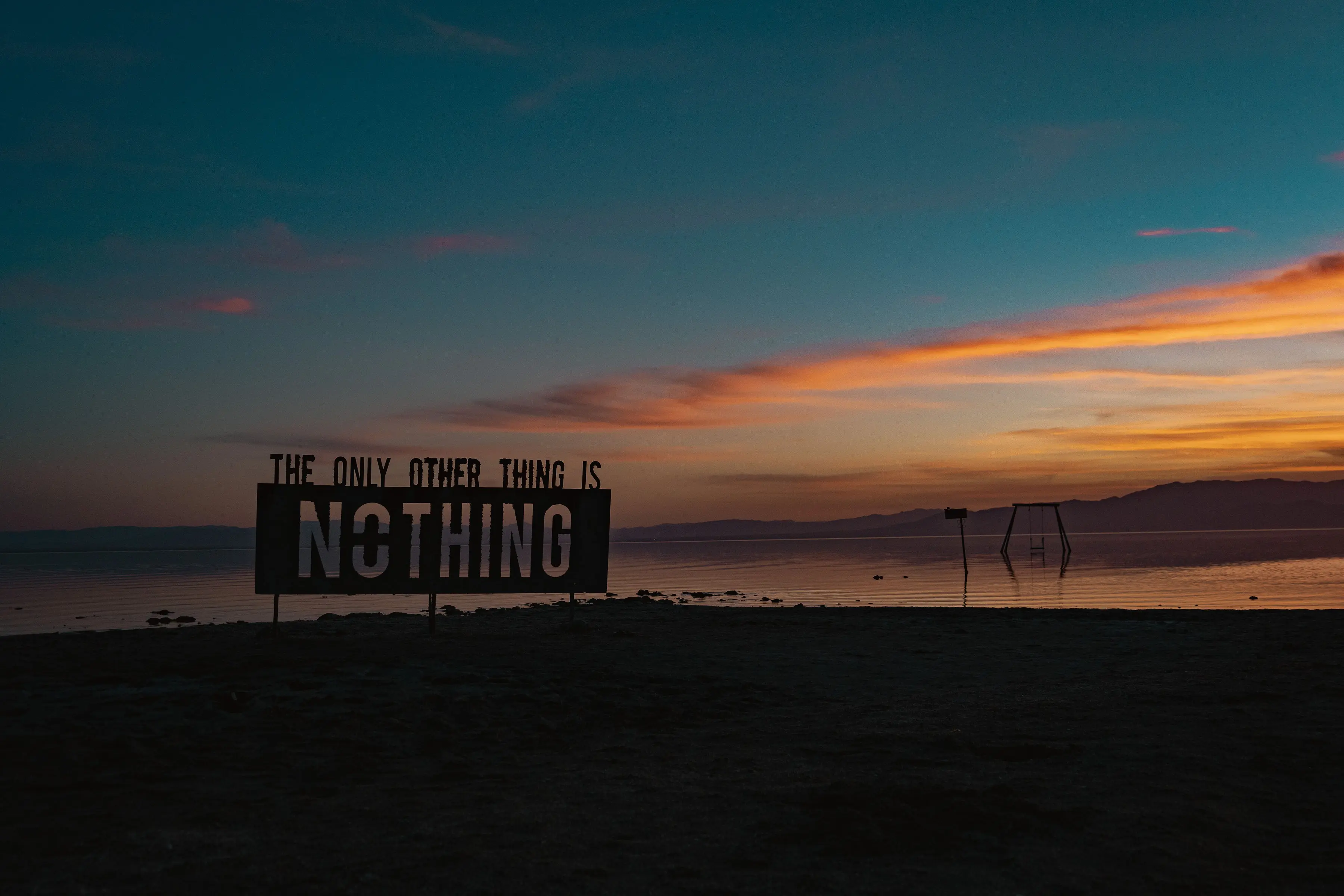
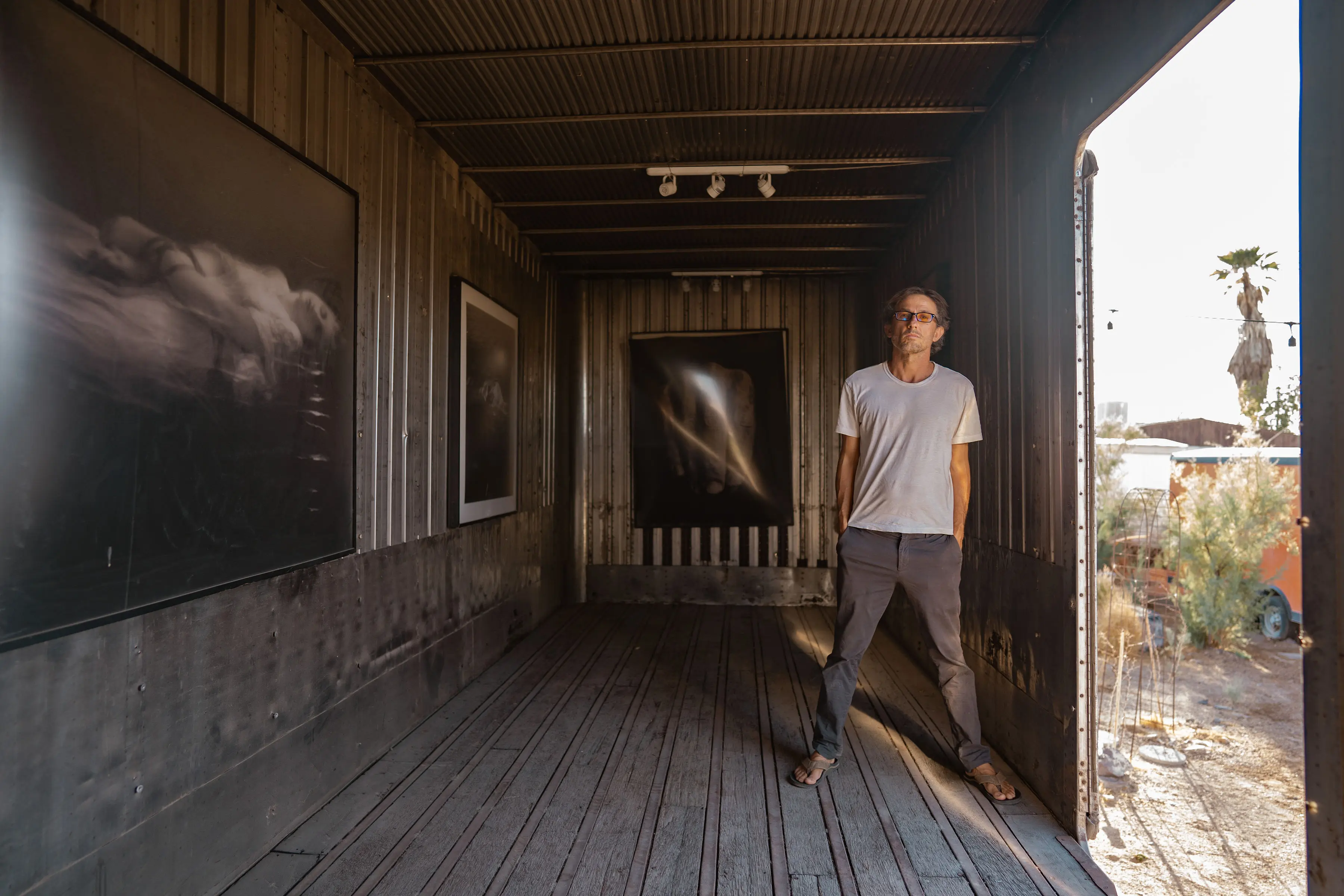
Growing up in California, Tao says he had a very normal upbringing, going to public school and moving from house to house a lot but every summer he would go back to Italy and have this otherworldly experience in the castle that’s been in his family’s possession since the 1500s, Castello Ruspoli.
Tao had discovered this weird, sad and beautiful place in 2008 when he came across a book by professor at UC San Diego, Kim Stringfellow. He was immediately drawn to the book’s cover - a rotting airstream in a puddle of strange orange liquid. “I was just so in love with this place right away, even though it smelled funky, even though it felt a little dangerous and I started bringing people there. At the time I was married [to actress Olivia Wilde] and I said to my wife, ‘we should buy a house in Bombay Beach,’ and she looked at me like I was insane. I was like, ‘but it's cheaper than your Jetta!’. He bought his first property there in 2009, on 1st and E now known as the Palazzo.
People would come and shoot music videos at Bombay Beach and have this kind of ‘ruin porn’ attitude towards it. “But there was no curiosity about the people who live there, about what had happened. That started to get on my nerves as a new home owner in Bombay Beach and I thought, you know, the opposite of this would be to bring high art to Bombay Beach, to bring serious philosophy,” he shared.
Tao has always been interested in everything and filmmaking was the only thing that would allow him to pursue his eclectic interests. He was obsessed with flamenco for a long time and so he made a film about flamenco. Then he was interested in philosophy and Heidegger and made a film about Heidegger called Being In The World (also the name of his podcast). His divorce in 2011 sparked his interest in relationships and sexuality and led him to make the film Monogamish. “Why does marriage exists as an institution? And why does monogamy exist as an ideal? I spent four years traveling the world exploring those questions. My brother had issues with drugs and that inspired my movie Fix, about a very charming, larger than life heroin addict, and two brothers who are going through this,” he added. Filmmaking has been a kind of therapy for him - a way of understanding and coming to terms with what was happening in his life.
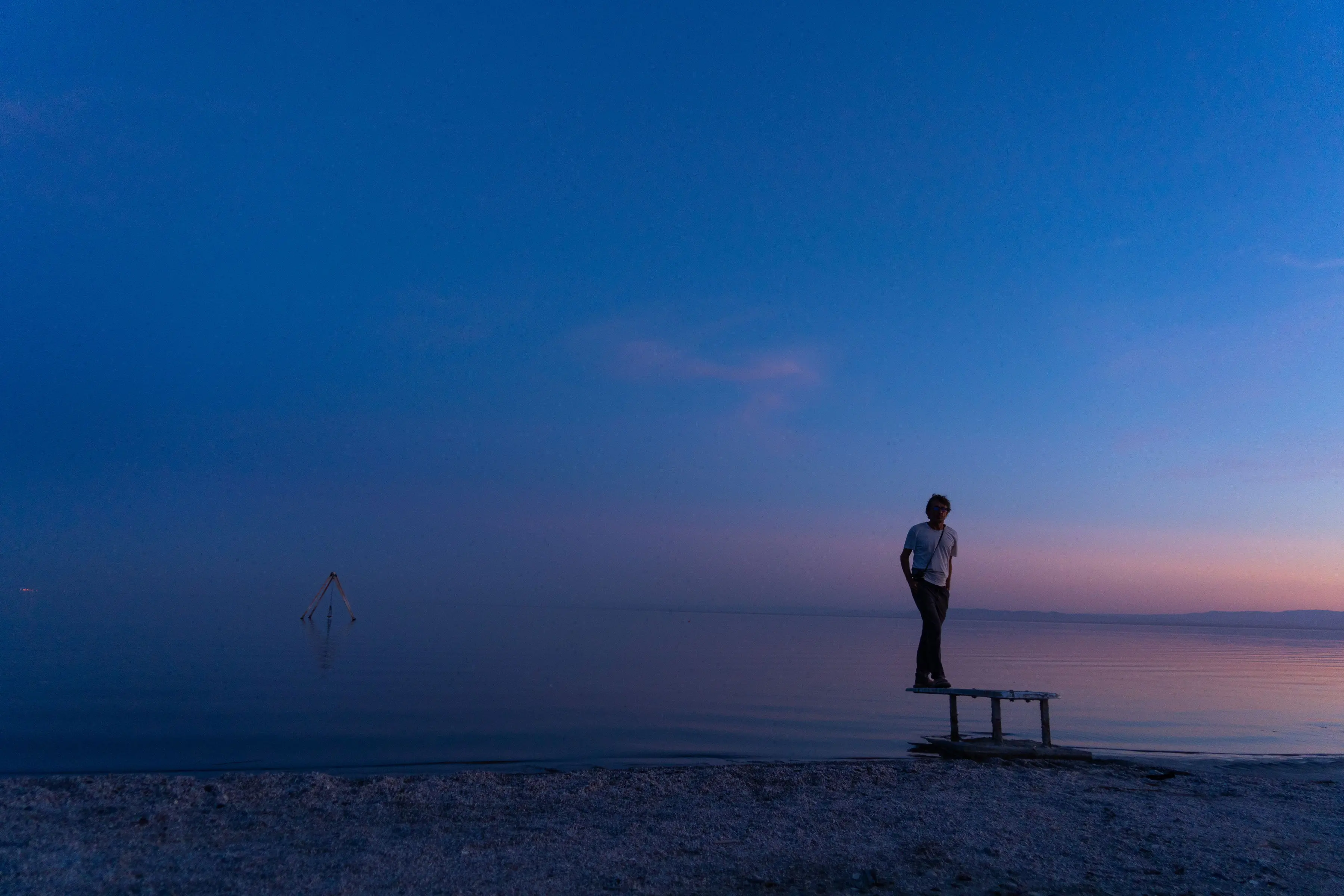
Aside from Bombay Beach Biennale that has coincidentally become a life defining project for him, Tao lives in the desert and runs a beautiful compound in Yucca Valley through Air B and B, with luxurious cabins, charming airstreams and trailers surrounding an 80 foot swimming pool that slices right through the middle of Joshua Tree Grove. This is the place where the Architect in him fully came to life and he claims that he has met more interesting people through his compound than he ever would have met living in LA.
When he wakes up in the morning, all he wants to do is play music and he spends most of his time playing the piano and perfecting his interpretation of Chopin’s Fantasie Impromptu. “I’ve been playing music since the age of 13 and in a way, it's the most pure art form because it's not necessarily representational of something else. It has its own intrinsic beauty,” he confessed. Never in a million years had he though he would be living in the desert and co-founding an art movement that is the Biennale. If you are interested in diving deeper into the mind of this brilliant, eccentric, eloquent and curious man, be sure to follow his intellectual musings with co-host and neuroscientist Dr. Patrick House in their Being In The World podcast, streamed on all major platforms directly from Tao’s recording studio in Yucca Valley. -